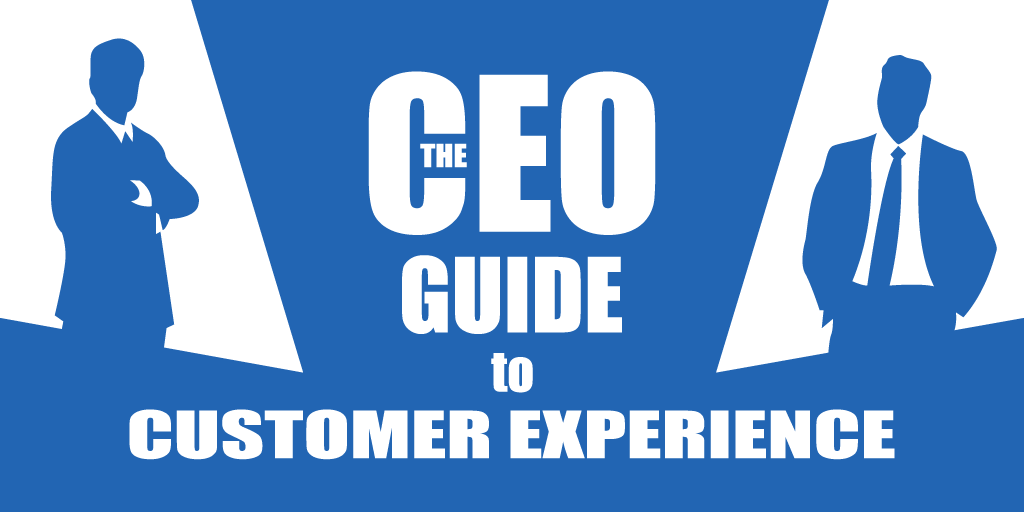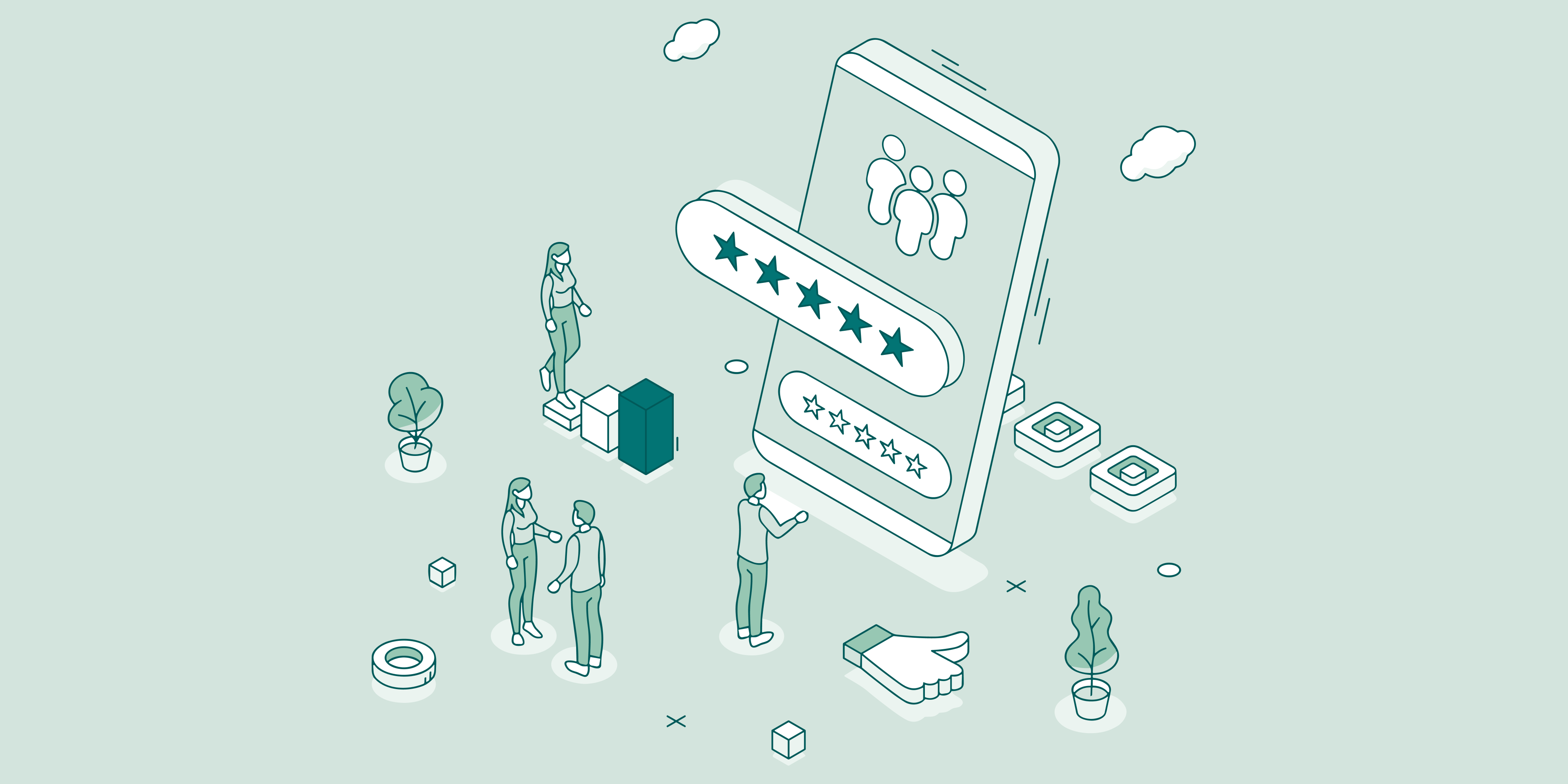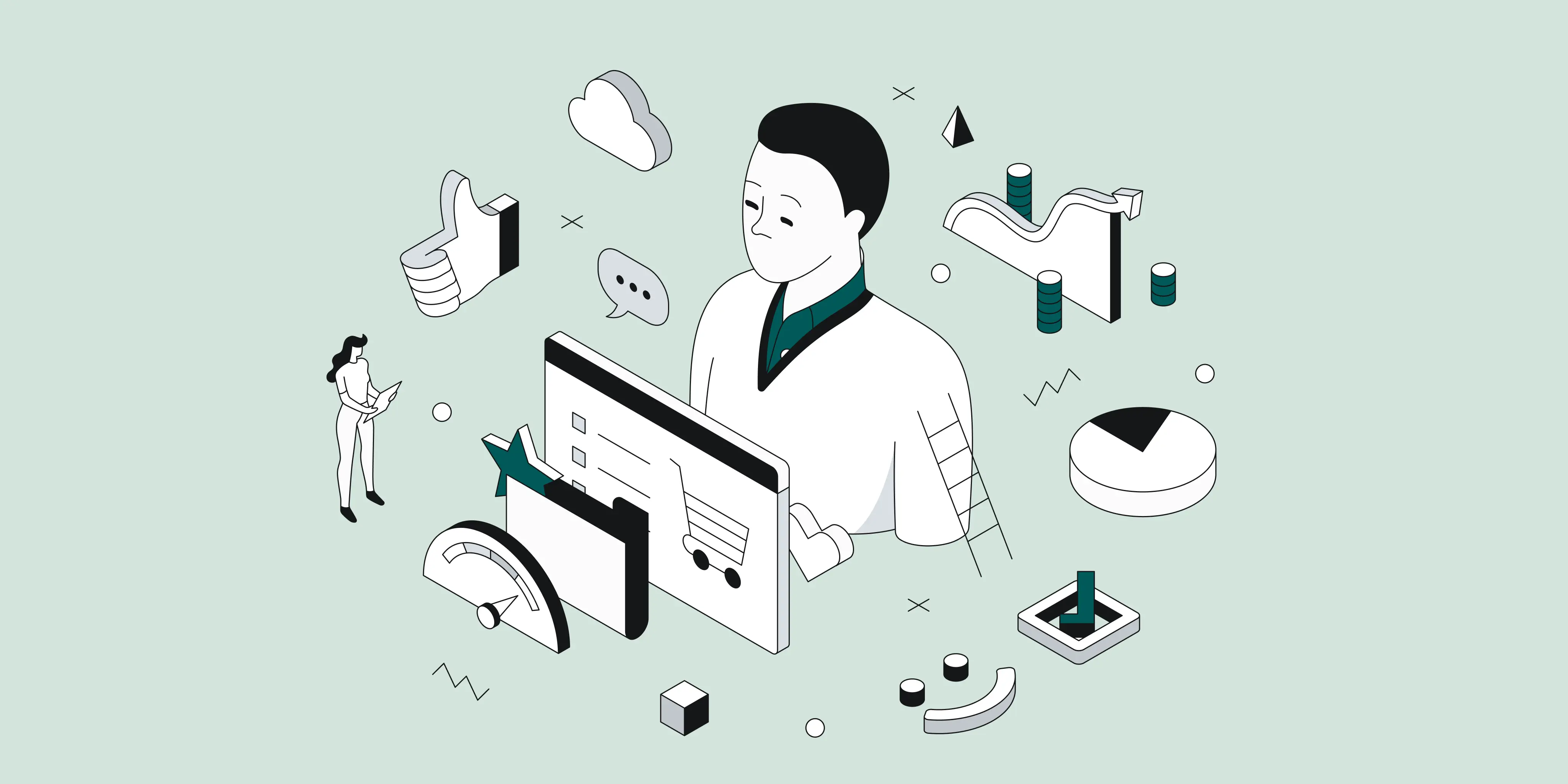Even those of us who don’t follow the healthcare advancements have an inkling of the trends happening there: 3D organ printing, robotic surgeries, telehealth services, and more.
But when it comes to customer experience trends in healthcare, even most doctors shrug and mumble something incoherent. Most healthcare providers don’t think of their work in the context of customer service.
What matters, though, is what patients think — and they’ve long since started thinking of themselves as customers, not patients. That is to say, customer experience is not exclusive to retail anymore.
To help you make sense of CX in hospital, here are six customer experience trends in the healthcare industry:
Improving digital experience

According to a Cisco study, up to 70% of patients have nothing against virtual communication with doctors, as opposed to seeing them in person. This holds true for these common health-related subjects:
Weight: 28%
Sleep patterns: 26%
Exercise/physical activity: 25%
Symptoms/general health complaints: 25%
Nutritional information: 20%
Vital signs: 15%
Remote patient care is impossible without good digital experience, but digital technologies can make offline care better, too. Even queues can be made digital.
As healthcare is part of the experience economy now, it is important to reduce everything that could remotely affect your patient/customer in a negative way. That means minimizing wait and service times and providing quicker access to care is a must.
Digital technologies can help hospitals offer smooth, hassle-free care.
Leveraging data

Data is the cornerstone of accountability and planning. According to Health Research Institute, 88% of healthcare providers say that having insufficient patient information prevents them from meeting expectations.
Data can be used for internal analysis, too. Hospitals can aggregate data about their service to better understand, for example, the best times to visit a hospital and the worst times to visit a hospital, respectively.
What are the busiest days for a healthcare facility?
What is the average wait time for every department?
What are the performance metrics of your staff throughout the day/week/month?
All of these questions can be answered through data, leading you to offering a much nicer, smoother experience.
Patient personalization

Although personalization in healthcare sounds like something innovative, the idea goes back awhile. Truly, there’s nothing too complicated about it, and modern technologies make personalization even easier.
Connected with the previous topic of discussion, patient data can be leveraged to understand customers’ health history, allergies, health risks and potential issues as well as what doctor they prefer. Once all of this data is aggregated in one place, patient personalization becomes as easy as pie.
As Dr. Hossein Fakhrai-Rad points out in Patient Data-Driven Personalization Key to Fixing Today’s Broken Health Assessments, healthcare facilities need to study “the unique way that [patients’] risk factors interact with [them], not the aggregate”.
If you’ve been reading out healthcare articles, you are already familiar with our usual starter kit for patient personalization:
Greet patients
Shake their hands
Smile
Use their name more
Take interest in them and their life
Basically, what personalization boils down to is empathy. You need to learn to see an individual instead of yet another customer.
Data security

Data security has already become a big concern for healthcare, and for good reason.
In June 2016 alone, more than 11 million patient records have been breached because of cyber attacks. The average cost for every breached record is $355 — that’s twice more than for stolen records in other industries!
There have even been speculations that stealing medical data may surpass financial data theft, as it’s even more sensitive and may not be changed or blocked as easily. The importance of cybersecurity in healthcare is hard to overestimate.
As medical technologies and tools are by nature highly integrated into each other, it leaves openings for hackers to exploit. To prevent this from happening, hospitals and clinics need to partner only with HIPAA-approved service and equipment providers.
There have been some widely-circulated myths about HIPAA, so it pays to get familiar with the subject beforehand. This does not cover all types of cyber attacks, such as email phishing, but it’s a good start.
Smart technology

Smart technology is taking the world by storm. Voice-activated virtual assistants, environment-controlling devices, automated cleaning tools, and more — what sounded like something from sci-fi to a person from the 90s is our reality now.
It’s no wonder that healthcare facilities have started implementing smart technologies as well. But how does smart technology in healthcare look like?
In an interview with the Health Innovation Centre of Southern Denmark, ATU director Niall McDonagh outlined solution types that count as smart health technology:
Sensors
Medicine dispensation
Smart pills
Smart surgeries
Simulation and holographic devices
Early registration devices
Remote technologies
One of the examples of such healthcare technology is a smart bed. Smart beds are equipped with weight sensors, which allow them to self-adjust their angle to enhance the safety and comfort of a patient.
Automated and remotely-controlled infusion pumps are another example of smart health technology. The beauty of smart technologies is that they make life easier not only for patients but for nurses and doctors as well.
Wearables

Wearables are another example of smart healthcare technology, though it’s a topic worthy of a separate section.
Although wearable technology is not something entirely new, it’s only recently that it started garnering attention. By 2021, global shipments of wearables are already expected to double.
Right now, healthcare devices comprise $6.8 billion of the $25 billion wearable market. In less than five years, their share may go up to as high as $10 billion. What makes them so attractive in consumers’ eyes?
Wearables are powerful, non-invasive tools that help patients monitor their own health and stay connected to health experts. Wearables track a variety of health metrics, including but not limited to:
Activity (distance traveled, calories burned, etc.)
Blood pressure
Heart rate
Sleep patterns
Sun exposure
As we’ve already discussed earlier, most people are comfortable with the idea of remote communication with doctors. Wearables make that a reality.
They are especially ideal for elderly and people who are more prone to hospitalization and may not adequately take care of their own health.
Some manufacturers argue in favor of combining wearables with blockchain technology to ensure secure handling of sensitive data. As wearables are by nature closely linked with their user, they may integrate biometric authorization for an even higher level of security.
And there you have it — six customer experience trends in healthcare.
Healthcare organizations that expertly navigate the minefield that is customer experience will see a great surplus in patients and patient satisfaction.






